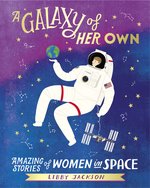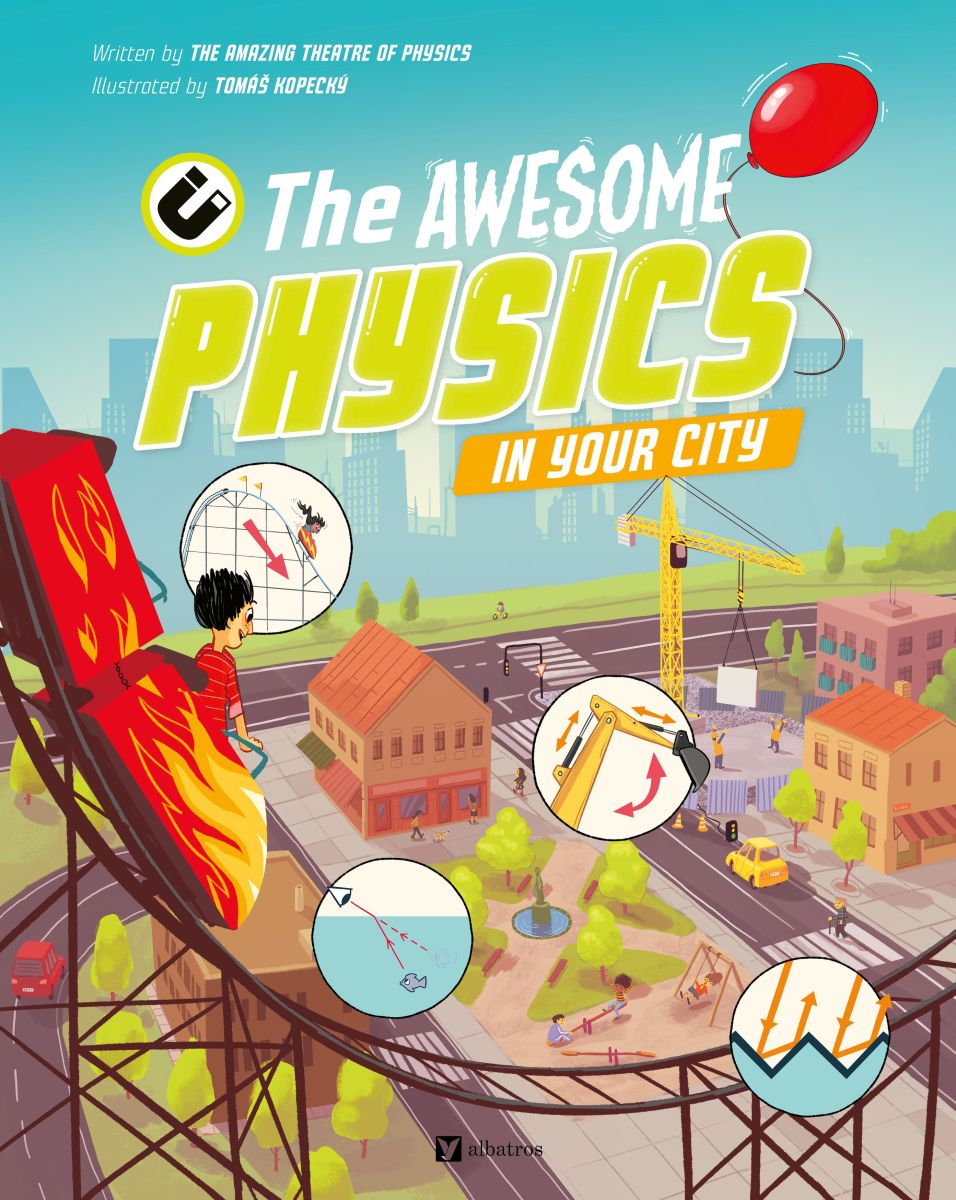
A Galaxy of Her Own: Amazing Stories of Women in Space
by Libby Jackson
illustrated by students of the London College of Communication
Century/Penguin Books Australia 2017 144 pp hardback $32.99 ISBN 9781780898360
 Written by British author and Aerospace scientist Libby Jackson, and illustrated by the students of the London College of Communication, this book is presented in a similar format to Goodnight Stories for Rebel Girls: 100 Tales of Extraordinary Women by Elena Favilli and Francesca Cavallo. Both books have been published by Penguin and both present snapshots of information on women achievers from around the world.
Written by British author and Aerospace scientist Libby Jackson, and illustrated by the students of the London College of Communication, this book is presented in a similar format to Goodnight Stories for Rebel Girls: 100 Tales of Extraordinary Women by Elena Favilli and Francesca Cavallo. Both books have been published by Penguin and both present snapshots of information on women achievers from around the world.
Whereas Goodnight Stories for Rebel Girls focuses on 100 women in all fields of achievement, A Galaxy of her Own explores the lives and achievements of 50 women, predominantly in the fields of science and mathematics, in particular all aspects of space exploration and mission control.
This book presents the stories of women scientists from the early 1700s to the present day with an introduction detailing the author’s fascination with all things space related and a succinct timeline spanning five centuries of astronomical observations, discoveries and achievements.
The book is divided into five separate sections covering the Origins of Space Travel, the Dawn of the Space Age, Space Stations and Shuttles, Living and Working in Space and the Future of Space. It includes women involved in the diverse, space related areas of not only mathematics, physics, physiology, chemistry, aviation, astronautics and aerospace engineering, but also the less obvious areas of medicine, nursing, psychology, politics, software development, nutrition, geology, textile manufacturing, high altitude ballooning and many more.
Each entry on the individual women provides a snapshot of their work, their significant role in the achievement of successful space travel, a stylized A4 sized illustration and an inspirational quote which encourages girls and young women to persevere in their education and scientific interests and to literally ‘aim for the stars’.
The only drawback in this book is the fact that it does not offer an index and the entries are not in any specific alphabetical or chronological order within the five section, and thus it makes it a great book for browsing but not as useful as it could be for research purposes.
Aimed predominantly at a Middle School audience this book is a wonderful and interesting expose of women scientists achieving in a previously male dominated area of science.
Reviewed by Dajo Finlayson






